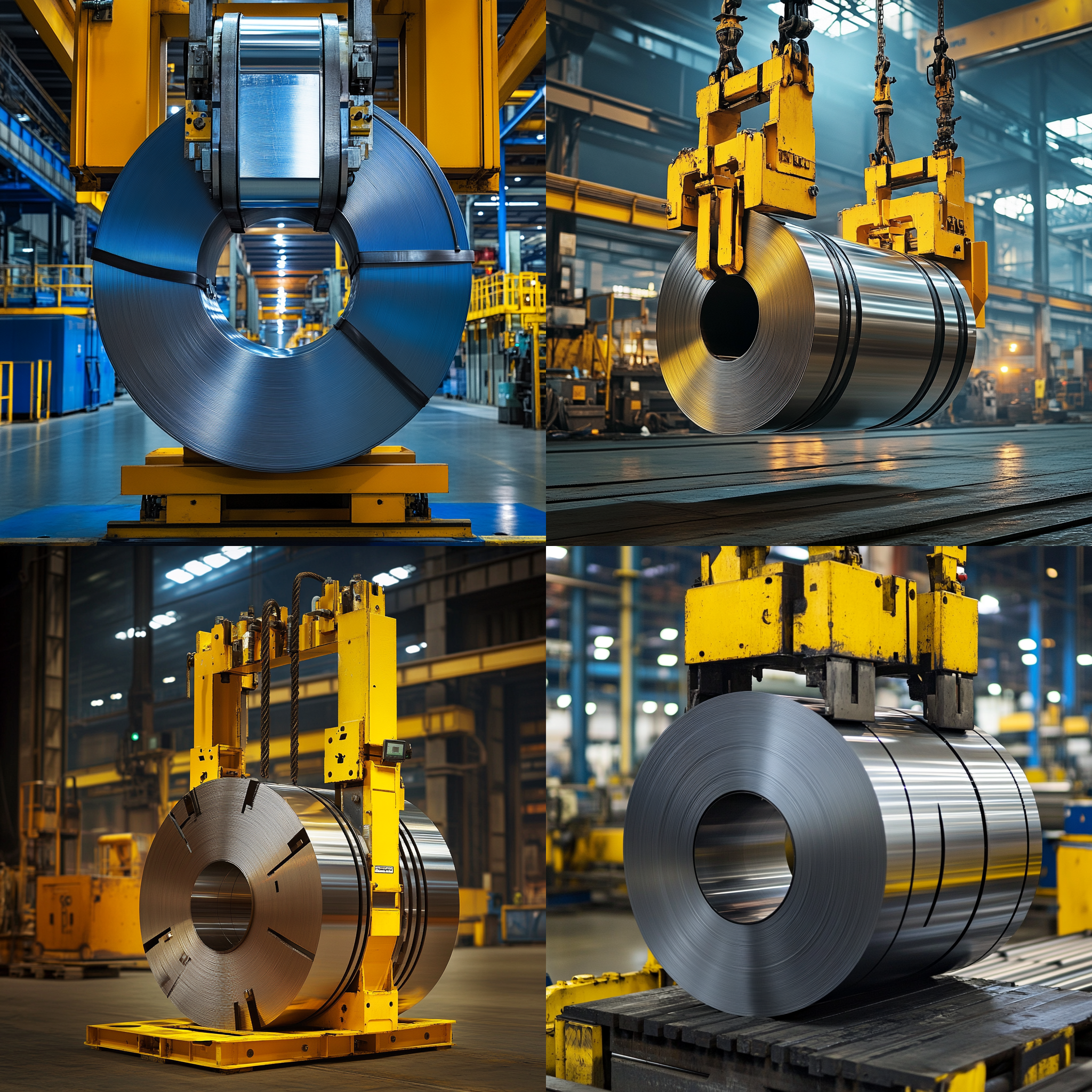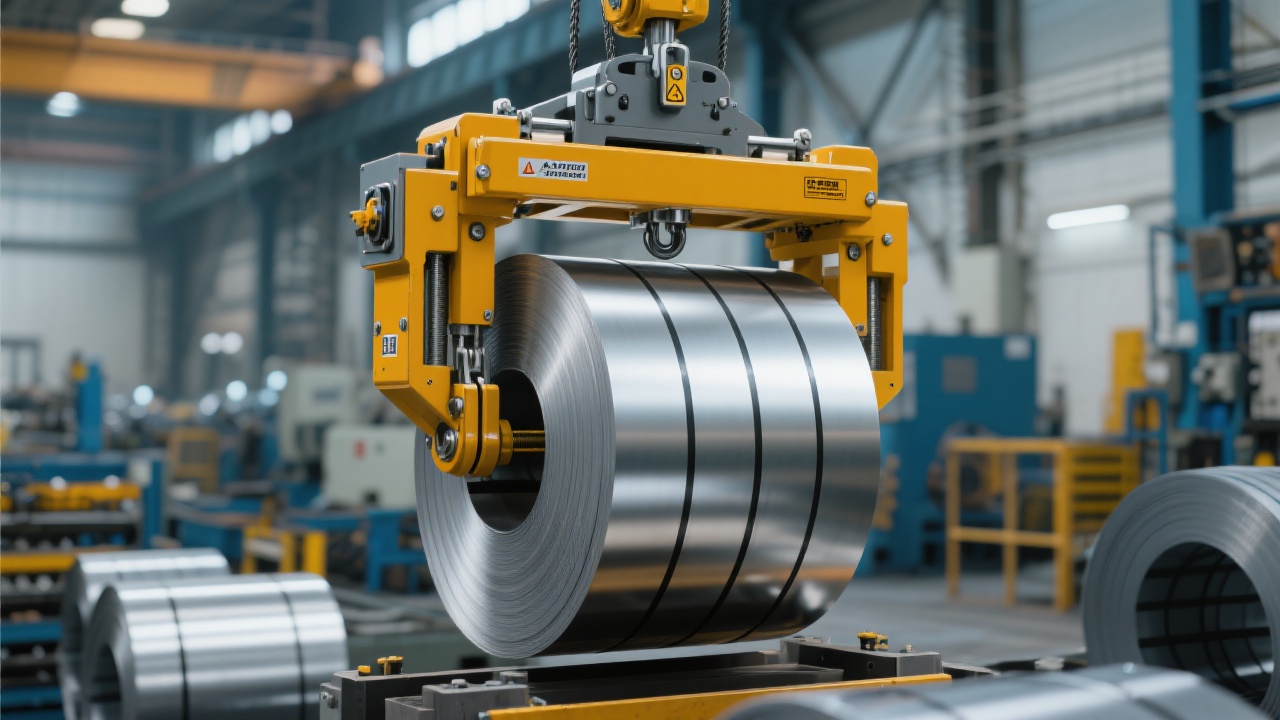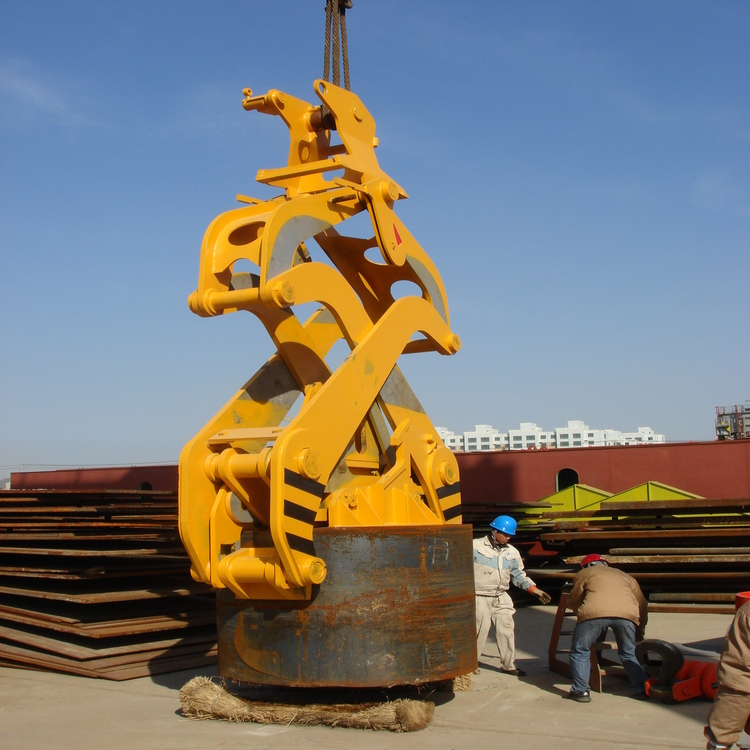How to Stabilize Steel Coil Lifting? A Frontline Engineer’s 5-Step Safe Operation Guide
30 09,2025
Tutorial Guide
This article addresses the common challenges of instability and low efficiency in steel coil lifting within steel rolling mills. It provides a comprehensive overview of vertical steel coil handling equipment selection criteria, safe operating procedures, and maintenance essentials. Drawing on frontline engineers’ practical experience, the article delivers a five-step safety operation tutorial and hazard identification techniques. These insights help operators standardize workflows, enhance production safety and efficiency, and foster a culture of safety in steel coil handling—ultimately ensuring stable production lines and cost optimization.

How to Stabilize Steel Coil Hoisting: A 5-Step Safety Operation Guide from Frontline Engineers
In the high-demand environment of steel rolling mills, ensuring stable and efficient steel coil hoisting is essential for maintaining safe operations and minimizing downtime. Unstable lifting poses serious safety risks, reducing productivity and increasing operational costs. This article draws on frontline engineers’ extensive field experience to provide a clear 5-step operational procedure, alongside equipment selection recommendations and maintenance tips, to address instability issues and drive up efficiency in vertical steel coil handling.
1. Selecting the Right Vertical Steel Coil Handling Equipment
Choosing suitable lifting equipment is the foundation of secure and efficient coil transportation. Key factors include:
- Load Capacity: Ensure the lifting device exceeds the maximum coil weight by at least 20% to avoid overloading risks.
- Clamping Mechanism: Opt for a precision-engineered clamp system designed to apply uniform pressure, minimizing coil deformation and slippage.
- Compatibility: The equipment must be adaptable to various coil diameters and widths common on the production line.
- Automation Features: Consider devices equipped with sensors for real-time stability monitoring and safety interlocks.
According to industry data, selecting equipment with overcapacity and precision clamps can reduce hoisting accidents by up to 35% and increase handling speed by 15% on average.
2. Five-Step Safe Operation Procedure for Steel Coil Hoisting
Executing a well-defined operational flow is critical. The following steps, proven in multiple steel plants, provide a systematic approach:
| Step |
Action |
Key Considerations |
| 1 |
Inspect Equipment |
Check clamp integrity, hydraulic pressure, and sensor functionality before operation. |
| 2 |
Position Coil Correctly |
Align coil center precisely under the clamp to maintain balance. |
| 3 |
Engage Clamps Firmly |
Apply even pressure to avoid coil deformation while ensuring a secure hold. |
| 4 |
Lift Slowly and Monitor |
Raise coil steadily, monitoring for any sway or slipping; stop immediately if instability occurs. |
| 5 |
Lower and Release Safely |
Place coil gently, then release clamps only after full support is confirmed on the surface. |
3. Maintenance and Regular Equipment Checks: Preventing Failures
Maintenance is key to sustaining safe operation. Best practices include:
- Daily visual inspections of clamps for wear or damage.
- Weekly hydraulic system pressure tests to detect leaks or drops.
- Monthly sensor calibration to ensure accurate stability alerts.
- Documenting all findings and actions in maintenance logs, supporting traceability and accountability.
Proactive maintenance can extend equipment lifespan by up to 40% and significantly reduce unscheduled downtime.

4. Identifying and Mitigating Safety Hazards
Common causes of instability in steel coil hoisting include:
- Misalignment of coil during clamp engagement.
- Uneven or deteriorated clamp pads causing slippage.
- Poor maintenance leading to hydraulic failures.
- Operator error due to inadequate training or rushing procedures.
Mitigation strategies are as follows:
- Implement standardized training programs focusing on the 5-step safety operation.
- Use sensor alerts and real-time monitoring to detect imbalances early.
- Enforce strict maintenance schedules coupled with routine audits.
- Establish clear reporting channels for unsafe conditions or near misses.

5. Building a Safety-First Culture in Steel Coil Handling
Beyond equipment and procedures, cultivating a safety mindset is vital. Successful plants embed safety culture by:
- Encouraging continuous feedback from frontline operators.
- Conducting periodic refresher training sessions.
- Recognizing and rewarding adherence to best practices.
- Promoting accountability at all organizational levels.

These efforts significantly lower incident rates and raise operational morale, directly contributing to increased uptime and cost reduction.
Enhance Your Coil Handling Safety & Efficiency with Our Vertical Steel Coil Equipment
Our state-of-the-art vertical steel coil lifting devices are engineered for maximum stability, precision clamp control, and easy maintenance. Supported by expert after-sales service and training programs, we empower your team to operate confidently and safely.
Discover Our Solutions Today





